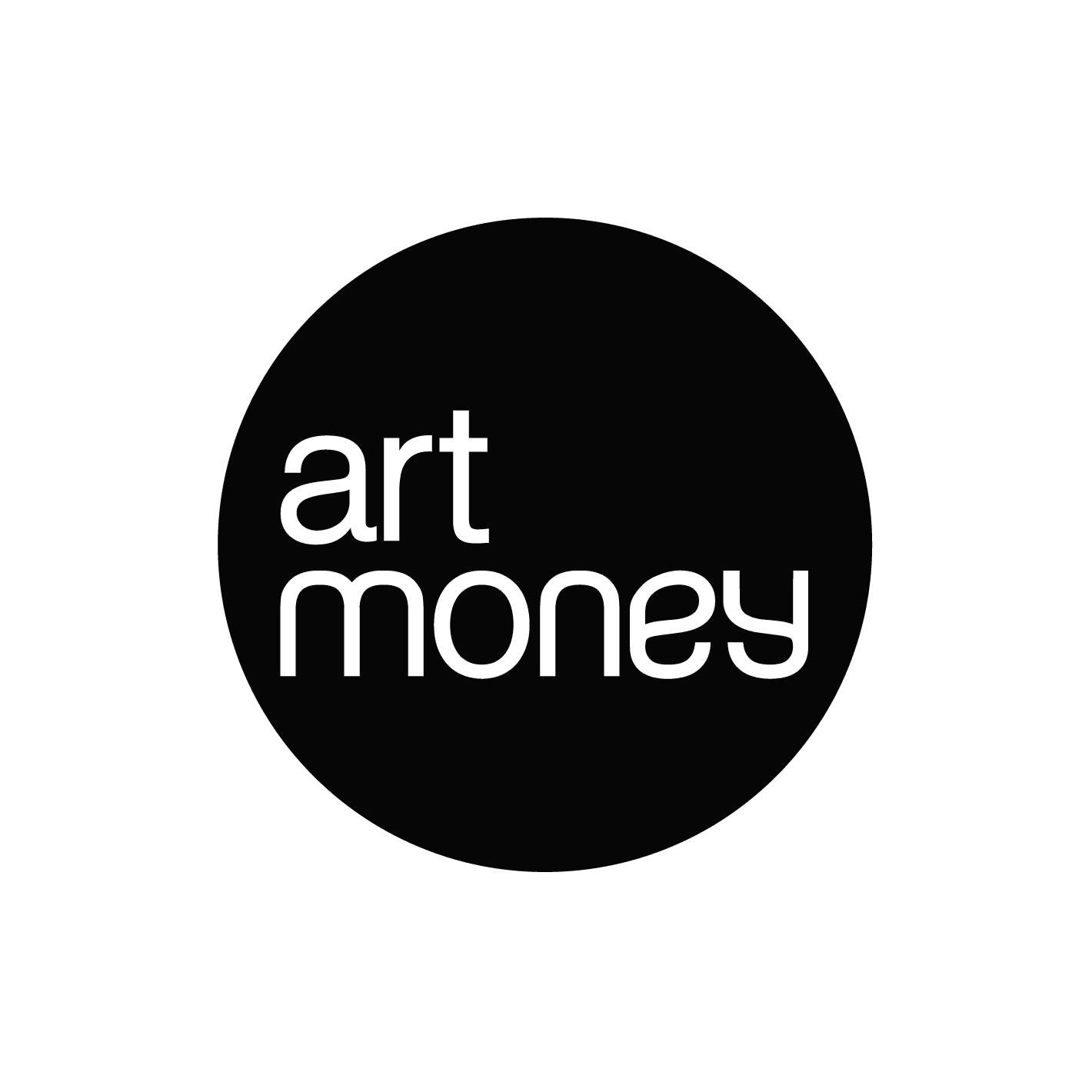Welcome to this virtual exhibition - Variations on Worldmaking - featuring new work by Berlin-based Italian artist Jacopo Dal Bello.
Curated by Jon Sharples, this collection of paintings, monotype drawings, and a sound piece, is an experiential display of Dal Bello's oeuvre, comprising work made mostly within the confines of this period of lockdown.
Jacopo Dal Bello’s painting deals in language - the play of language, it's slip and flux; a field of auto-poetics that painting carries as a peculiar capacity. There is also that strange presence of paint. Jacopo has dipped into the notations of others; of Twombly, of Bacon, of Guston. Yet this is not the pop recycling for our age of late capital, but instead a notation that sits as challenge. One question that has taxed modern practice what is the possibility of the entry of the new - its precursors? If the palimpsest, the archive, is the condition on which all things arise, then this test can be met head on as Jacopo does.
These are not painterly quotations from these artists, but a recognition that the language of our world is an accretion; so it may as well be for painting. Twombly, Bacon, and Guston are singular challenges to any painter as they each created a highly specific visual expression, almost impossible to move on from; because they produced for themselves such complete worlds in rectangles. They are artists of the cul-de-sac, having rounded off their lives with a staged flourish of their own device.
Staging here is key, and with Jacopo's work there is an acknowledgement within the work of scene-setting. Yet within this staging is an energetic capacity; that last creamy theatrical flourish at the centre of Bacon's stage is turned in Jacopo’s work to vital animation. This stage is a revolve, enacting vivid signs of painting, meaning and living that spin before the viewer.
Animation of the line and its possibility forms part of Jacopo’s experimentation. There are the scratches and scuffles, scrawls and skid-marks; but also the anthropomorphic lines derived from an uncertain zone between design culture and cartoon. The enigmatic lettering seems sometimes to signal and at other times merely to settle; to clarify as line or design. There are surfaces which are fused as sticky mess with the ground, sealed; other areas where the ground is left untreated as its own empty field, waiting to be written on. The play between line and ground recalls El Lissitzky’s floating worlds. There is animation in the line itself, and there is the cartoon mode of line; how is it that a line, or a form, can be funny in itself – more than its reference to Dr Seuss’ squidgy collapsing forms? There is the gaseous, and the pendulous, of Reuben’s extreme bodies or Fragonard’s inflatables. Jacopo manages genuine humour in the relation of forms.
Humour and expressive form sit in counterpoint to tension and restraint. Forms coalesce and deflate; motifs push at our consciousness, but meaning is in retreat. These notations might be taken as questions similar in spirit to Michael Krebber’s work, but what saves the work from simply being an exposition of Norman Bryson's thoughts on painting-as-sign or the activated gesture from de Kooning’s brush, is the engaging dynamic evident in Jacopo's painting between conceptual play and material force. This is not merely an exercise in world-making; world-making here is part of the palette that contributes to that imminent, energetic field particular to painting.
Andrew Hewish, May 2020.


